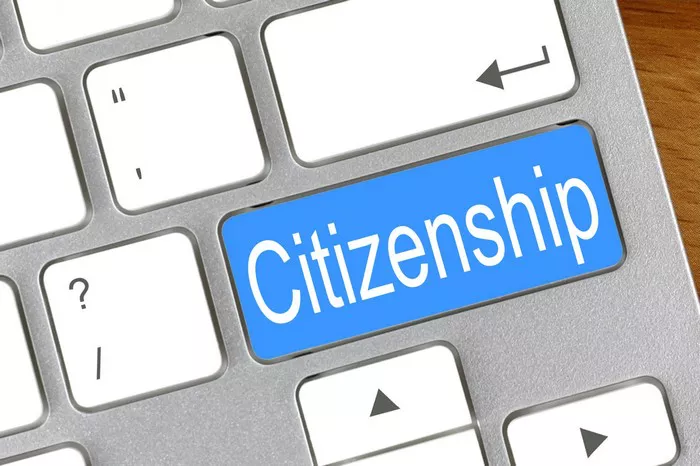Becoming a citizen of a new country is a significant milestone for many immigrants. It not only provides a sense of belonging and security but also grants access to a wide array of rights and privileges. For permanent residents in the United States, the journey to citizenship involves navigating through a series of steps and timelines governed by immigration laws and regulations. Understanding the process and timeline can help individuals better prepare for their transition from permanent residency to citizenship.
The Green Card Journey: From Permanent Residency to Citizenship
The journey towards U.S. citizenship typically begins with obtaining lawful permanent residency, commonly known as a Green Card. Permanent residency allows individuals to live and work in the United States indefinitely, but it does not grant citizenship rights such as the ability to vote in federal elections or hold certain government positions.
Once an individual becomes a permanent resident, they must fulfill certain requirements before they can apply for U.S. citizenship through a process called naturalization. One of the primary requirements is maintaining continuous residence in the United States for a specified period, typically five years, although certain exceptions may apply.
Understanding the Naturalization Process
The naturalization process is the legal means by which eligible permanent residents become U.S. citizens. It involves several steps, including submitting an application, attending an interview, and passing a civics and English language test.
1. Eligibility Criteria: Before applying for naturalization, permanent residents must meet certain eligibility criteria, including:
Being at least 18 years old.
Having maintained continuous residence in the United States.
Demonstrating good moral character.
Having a basic understanding of U.S. history and government.
Being able to read, write, and speak basic English.
2. Application Submission: The first step in the naturalization process is submitting Form N-400, Application for Naturalization, to U.S. Citizenship and Immigration Services (USCIS). Along with the application, applicants must provide supporting documentation and pay the required fees.
3. Biometrics Appointment: After submitting the application, applicants are scheduled for a biometrics appointment where their fingerprints, photograph, and signature are collected for background checks.
4. Interview and Civics Test: Upon completion of the biometrics appointment, applicants are interviewed by a USCIS officer. During the interview, applicants are tested on their knowledge of U.S. civics and must demonstrate their ability to speak and understand English.
5. Oath of Allegiance: If the application is approved, applicants attend a ceremony where they take the Oath of Allegiance, officially becoming U.S. citizens.
Factors Affecting the Timeline
The timeline for permanent residents to become citizens can vary depending on various factors, including:
1. Processing Times: The time it takes for USCIS to process naturalization applications can vary depending on the volume of applications received and other factors. Delays in processing can extend the overall timeline for individuals seeking citizenship.
2. Background Checks: USCIS conducts background checks on naturalization applicants to ensure they meet the eligibility criteria and do not have a criminal history or other disqualifying factors. The length of time it takes to complete these checks can impact the overall timeline for naturalization.
3. English Proficiency and Civics Knowledge: For individuals who are not proficient in English or have limited knowledge of U.S. civics, additional time may be needed to prepare for the English language and civics tests required for naturalization.
4. Legal Issues: Individuals with certain legal issues, such as past criminal convictions or immigration violations, may face additional hurdles in the naturalization process, which can prolong the timeline for citizenship.
Strategies to Expedite the Process
While the naturalization process can be lengthy, there are certain strategies that permanent residents can employ to expedite the process:
1. Maintain Accurate Records: Keeping accurate records of travel, employment, and residence history can help streamline the naturalization application process and avoid delays.
2. Prepare Thoroughly: Studying for the English language and civics tests in advance can help applicants pass these requirements more quickly, reducing the overall timeline for naturalization.
3. Seek Legal Assistance: Consulting with an immigration attorney can help individuals navigate the naturalization process more efficiently and address any legal issues or concerns that may arise.
4. Follow Instructions Carefully: Following USCIS instructions carefully and submitting a complete and accurate application can help avoid unnecessary delays and expedite the processing of the naturalization application.
Conclusion
Becoming a U.S. citizen is a significant milestone for permanent residents, offering a sense of belonging and security as well as access to a wide range of rights and privileges. While the naturalization process can be complex and time-consuming, understanding the steps involved and planning ahead can help individuals navigate the path to citizenship more smoothly. By maintaining accurate records, preparing thoroughly, seeking legal assistance when needed, and following instructions carefully, permanent residents can expedite the process and achieve their goal of becoming U.S. citizens.


